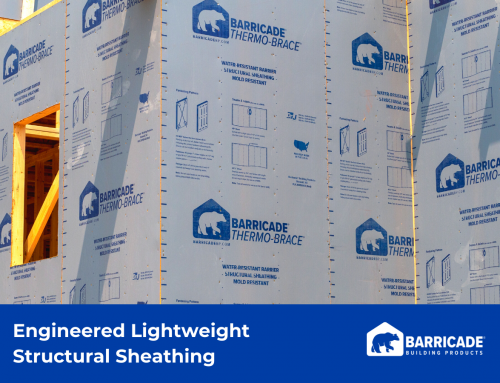A high-performing and effective roof protects a building and its occupants from rain and wind. Before the mid-1800s, wood and slate were the standard roofing materials for most building projects. However, after the mid-1800s in the United States, the use of sheet metal roofing in commercial construction emerged.
The History of Metal Roofing
In 1826, the process of corrugating metal sheets was developed and patented in England. Corrugation is a process that involves forcing a series of alternating ridges and grooves in the metal. Corrugating makes the metal sheets stiffer and allows for a greater span over light-framed wood. In 1837, the French began galvanizing the metal sheets for roofing with zinc, which protects them from rust. By the 1850s, factories, post offices, and other commercial and agricultural buildings used metal sheet roofing.
Today, metal roofing continues to grow in popularity in both residential and commercial markets, driven by its durability, longevity, and energy-efficient features. Metals used for roofing include tone-coated steel, stainless steel, silicon-coated steel, corrugated galvanized steel and more.
The Benefits of Metal Roofing
Architects, contractors, and building and homeowners select metal roofing for its longevity, durability, and energy-saving qualities.
- Metal roofs are durable and can last up to 75 years.
- They can withstand strong wind gusts, flying debris, and hail.
- They are a Class A fire-rated roof covering.
- Metal roofs with rustproof coatings do not crack.
- They decrease the roof temperature, compared to asphalt roofs, which may extend the roofs’ service life.
- Metal roofs contribute toward an energy-efficient structure because they reflect more sunlight and absorb less heat than an asphalt roof. A metal roof under the same conditions may stay more than 50°F cooler than an asphalt roof, which saves both energy and money.
The Many Style Options of Metal Roofs
Metal roofing comes in numerous styles that mimic modern architectural shingles, unique clay tiles, traditional standing seams (metal roofs with panels that run vertically up the roof), charming wood shakes, and more.
Concerns with Metal Roofs
Many metal roof problems are due to moisture. Moisture can infiltrate the underside of metal roofs through condensation and strong rain events. Condensation in a roof causes mold, which is unhealthy and damages the integrity of the building. In cold climates, condensation in the roof may freeze into sheets, which can also damage the roof. Therefore, it is important that the metal roof underlayment allows moisture that infiltrates the underside of the metal roof to dry out.
The Best Underlayment for Metal Roofs
The first goal of roofing underlayment is to keep the roof deck dry before installation of the metal roofing material. Underlayment must also act as a secondary weather barrier in case the roof fails. Traditionally, metal roofs have used standard 30-pound felt paper underlayment. However, contractors now recognize the benefits of synthetic underlayment for metal roofing, particularly when it comes to its tolerance to heat and ultraviolet (UV) radiation.
Synthetic Underlayment Heat- and UV-Resistance
The temperature under a metal roof can get very high. When 30-pound asphalt felt is exposed to excessive heat, it will dry out quickly. In addition, it is susceptible to failure because UV radiation deteriorates the asphalt felt.
Synthetic underlayment, like Barricade® UDL Select, is better suited for metal roofing than asphalt felt because it provides up to 30 degrees cooler surface than black underlayments. It also has excellent UV protection (up to six months) and offers a 30-year limited warranty.
Synthetic Underlayment Protects Attic Space from Moisture
Roof underlayment keeps water that gets past the metal roofing from passing into the attic space and interior walls. Moisture accumulation in these areas can lead to mold, which is unhealthy and degrades the integrity of the structure. Barricade® UDL Select underlayment prevents water that infiltrates the metal roofing from entering the attic space and instead allows the moisture to drain or evaporate.
Barricade® UDL Select Underlayment: Durable
Exceptionally durable, Barricade® UDL Select synthetic underlayment has superior strength and tear-resistance compared to felt-based underlayment.
Barricade® UDL Select: Quick and Easy to Install
Barricade® UDL Select installs much faster and easier than asphalt felt because it doesn’t wrinkle and lies perfectly flat. Offering 33 percent more coverage per lap than 36-inch felt, and 14 percent more coverage than other 42-inch synthetics — UDL Select’s features save contractors time and money. UDL Select underlayment also has an anti-slip coating on both sides and weighs less than asphalt felt alternatives.
Barricade® UDL Select synthetic underlayment for metal roofs has superior heat and UV resistance, which helps protect the building or home. For the best underlayment for metal roofs, choose Barricade® UDL Select.







